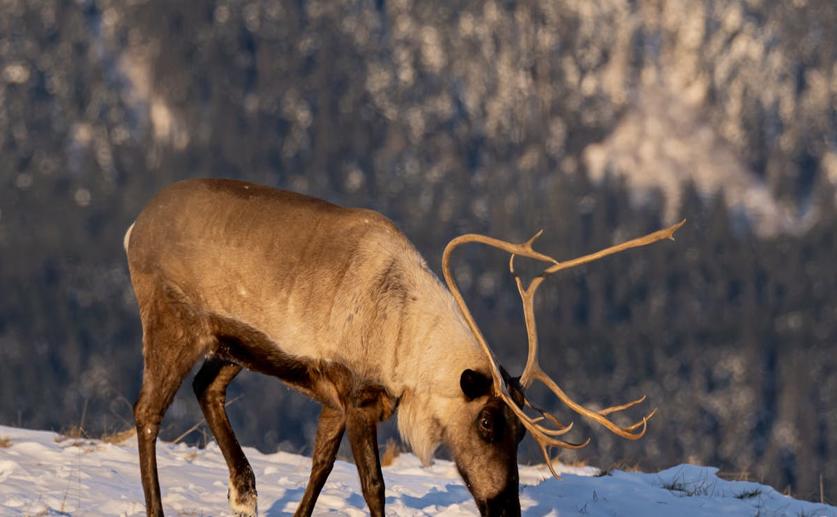
Genetic Diversity of Caribou: Insights for Conservation and Herd Survival
Jenn Hoskins
14th May, 2024

Image Source: Ryan Noeker (photographer)
Key Findings
- The study analyzed genetic relationships among nine caribou herds at the Alaska-Yukon border
- The Fortymile herd was the only one assigned to multiple genetic clusters, indicating its historical role in maintaining genetic diversity
- Some herds, like Chisana and Klaza, were genetically distinct, while others, like Hart River and Clear Creek, showed little differentiation despite occasional overlap
References
Main Study
1) Population genetics of caribou in the Alaska-Yukon border region: implications for designation of conservation units and small herd persistence
Published 13th May, 2024
https://doi.org/10.1007/s10592-024-01612-y
Related Studies
2) Genomic legacy of migration in endangered caribou.
3) Environmental and anthropogenic drivers of connectivity patterns: A basis for prioritizing conservation efforts for threatened populations.
4) Inferring weak population structure with the assistance of sample group information.
5) The K = 2 conundrum.



 21st March, 2024 | Jim Crocker
21st March, 2024 | Jim Crocker